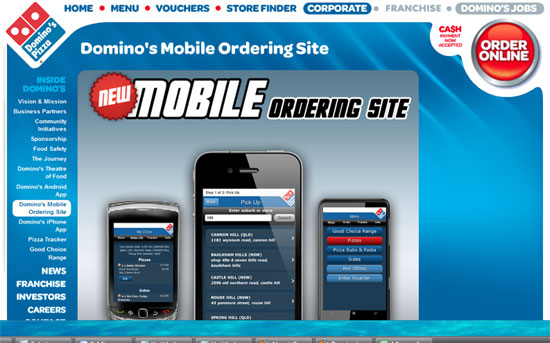Content Marketing is a buzz word these days and I’d like to share this presentation with you, dear readers, since the topic revolves around content marketing best practices. I originally created this presentation for my local Chester County Internet Marketers group meet-up. We meet once every month for a lively, active discussion on Social Media and Content Marketing.
The first few slides deal with the definition and the main objectives of content marketing. The next few slides go into the dos of content marketing, some of which include:
- Know who your client is with the help of Personas
- WIIFM (Speak to their needs)
- Provide valuable info.
- “Good content shares or solves; it doesn’t hawk your wares or push sales-driven messages. It provides value by positioning you as a reliable and valuable resource.” – Ann Handley of Content Rules
- Define and answer your customers questions
- Provide many different types of content
- Create a sense of community
- Allow your content to have wings
- Set up a listening dashboard (Goolge Readrer, Google Alerts, twitter.com, relevant blogs)
- Measurement and metrics so you know what’s working
The don’ts include:
- Constantly talking about your brand and excessive self promotion which is a surefire way of turning off your customers. Content marketing, when done right is about your customers’ needs and wants.
- Making it difficult to understand what you offer
- Not doing anything to engage your prospects and customers
The last few slides look at content marketing best practices (or dos) for different types of content such as blogs, newsletters, white papers and eBooks.
This presentation is best watched in Fullscreen mode. Here’s the presentation:


